Most Dangerous Dog Breeds have gained attention due to their bite statistics and strength. While any dog can bite, certain breeds are linked to more serious injuries and fatal attacks.
These dogs’ size, strength, and bite force play a key role in how dangerous their attacks can be. Though many love pets, you need to train them carefully. If you choose pet ownership, understand these breeds and stay safe around unfamiliar dogs.
This article explores the top 10 dangerous dog breeds, their characteristics, bite statistics, safety tips for owners, and ways to prevent aggressive behavior.
Which Is The Most Dangerous Dog Breed In the World?
Pit Bulls consistently rank as the world’s most dangerous dog breed. Their powerful 235-260 PSI bite force, combined with a “hold and shake” biting style, causes severe injuries.
When they attack, they tend to cause severe damage by biting repeatedly and holding onto objects or persons. The attacks often happened without warning by Pitbull, even from family pets that seemed friendly. Their size, strength, and quick, aggressive reactions make their attacks particularly deadly.
Top 10 Most Dangerous Dog Breeds
There are various dangerous dog breeds worldwide that can be harmful to adults and children. Here’s a detailed look at the 10 most dangerous dog breeds that are involved in serious incidents:
| Dog Breeds | Origin | Bite Force (PSI) |
|---|---|---|
| Pit Bull | United States | 235-260 |
| Rottweiler | Germany | 328 |
| German Shepherd | Germany | 238-291 |
| American Bulldog | United States | 305 |
| Bullmastiff | England | 552 |
| Doberman | Germany | 305 |
| Siberian Husky | Siberia | 320 |
| Presa Canario | Canary Islands, Spain | 540+ |
| Alaskan Malamute | Alaska, USA | 400 |
| Chow Chow | China | 220 |
Let’s explore these top 10 dog breeds with the fatal attack, their bites, and whether they are banned in any country. This list will help you make the right decision before getting any of these dog breeds.
1. Pit Bull
Pit Bulls have become one of the most talked-about dog breeds regarding safety concerns. These strong, muscular dogs are responsible for 65% of fatal dog attacks in recent years, with 284 deaths recorded over 13 years.
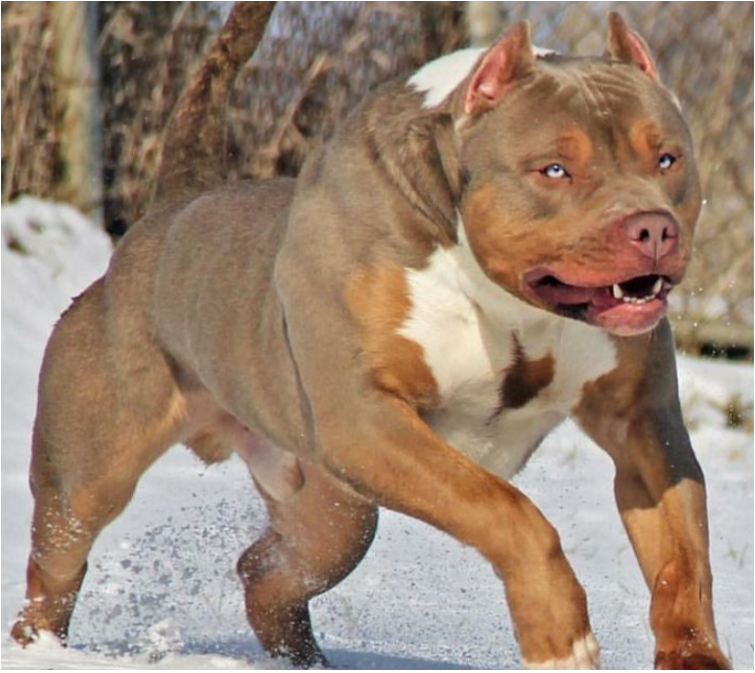
They account for the highest number of severe bites. Their bite force of 235-260 PSI can cause severe damage. Several countries, including the UK, Denmark, and parts of Canada, have banned or restricted pit bulls.
Their strong prey drive and powerful build make them risky for inexperienced pet owners. Many insurance companies won’t cover pit bull owners, and some apartments ban them completely. However, many pit bulls are gentle; their strength and bite make them a breed that needs careful consideration.
2. Rottweiler
Rottweiler, known for their strong, stocky build, ranks second in fatal dog attacks, with 45 deaths recorded in recent studies. These powerful dogs can weigh up to 120 pounds and have a bite force of 328 PSI.
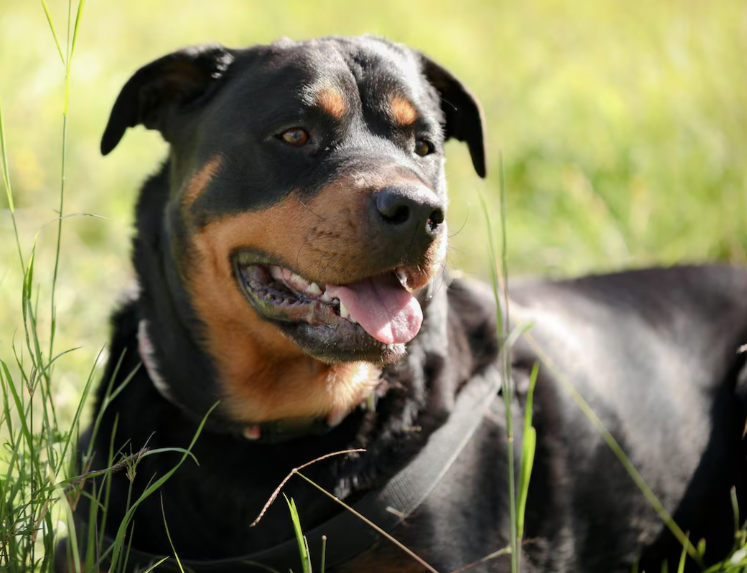
These dog bites are enough to break bones. They were initially guard dogs in Germany and were naturally protective of their families. According to dogbite.org, from 1978 through July 2024, 131 victims were recorded, of which 75% were children.
They were responsible for about 10% of fatal attacks. Some countries restrict Rottweiler ownership, and many insurance companies consider them a high-risk breed. Despite all these concerns, Rottweilers are family guardians when properly managed.
3. German Shepherd
German Shepherds, famous as police and military dogs, rank third among dangerous breeds, with 20 fatal attacks in recent studies. Their bite force of 238-291 PSI and athletic build make them capable of severe damage.
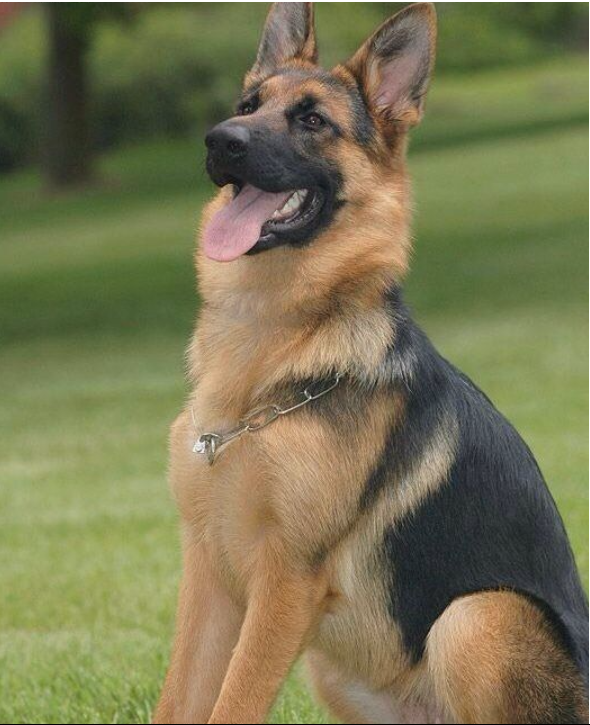
These intelligent dogs were originally bred for herding but became popular as working dogs due to their trainability and protective nature. They can weigh up to 90 pounds and are known for being highly territorial.
German shepherds are excellent at police work and protection, but their power and protective instincts require experienced handling.
4. American Bulldog
American Bulldogs combine strength with agility which makes them potentially dangerous when not properly trained. These muscular dogs were responsible for 15 deaths in recent studies, representing 3.5% of fatal attacks.
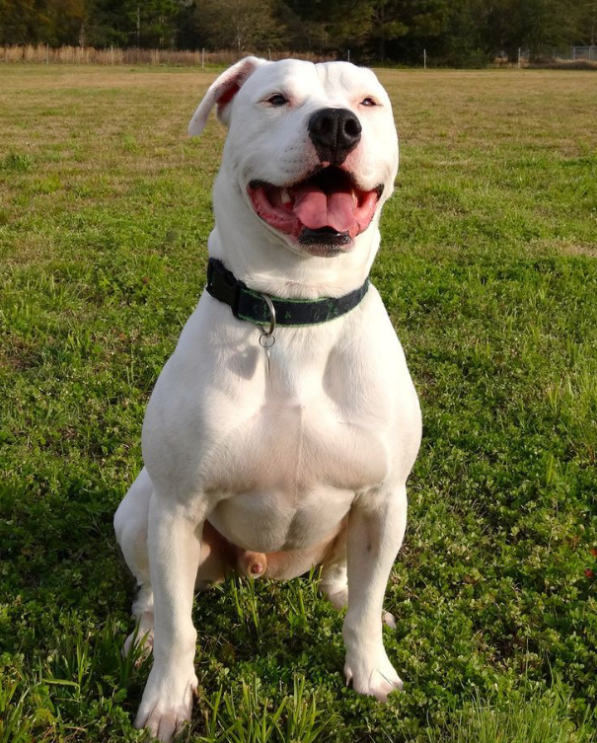
They pack serious power with a bite force of 305 PSI and weights reaching 100 pounds. American Bulldogs were originally bred for farm work and catching cattle due to their strong protective instincts.
They have a high prey drive and might not be suitable for homes with cats or small pets. However, they are typically good with their families, and they can be loyal and affectionate family dogs with proper training.
5. Bullmastiff
With its impressive size and protective instincts, the Bullmastiff led to 14 fatal attacks in recent studies. These powerful dogs can weigh up to 130 pounds and have an incredibly strong bite force of 552 PSI.
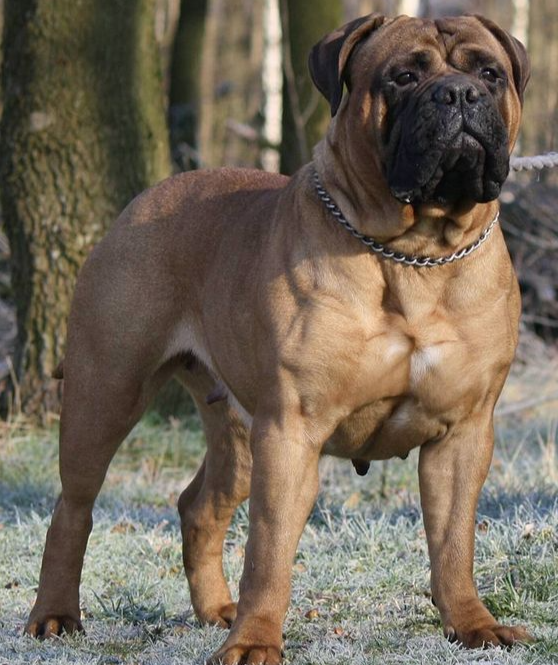
This is one of the strongest of any dog breed. Bullmastiffs are usually calm but can be overwhelming due to their size alone. They were responsible for 3.2% of fatal attacks in recent years.
These dogs need careful training from an early age to manage their protective nature. They can be gentle giants with their families, but their size and strength make them unsuitable for inexperienced owners.
6. Doberman
Doberman Pinschers have caused 6 fatal attacks in recent studies. Their bite force of 305 PSI, combined with their speed and agility, makes them formidable guard dogs.
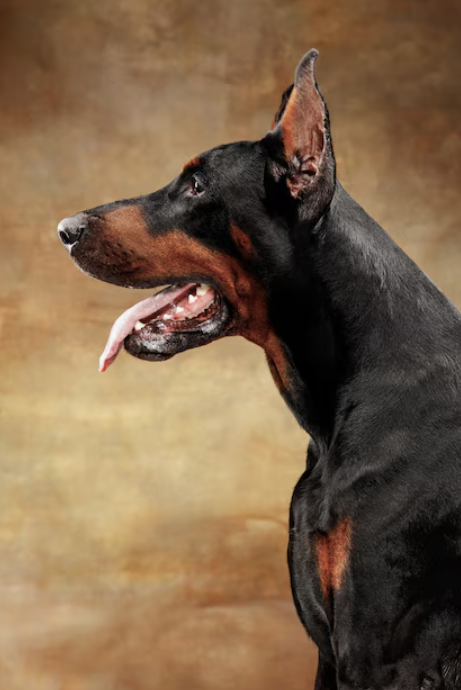
These intelligent dogs weigh up to 100 pounds and are known for their alertness and protective nature. Dobermans were initially bred in Germany as guard dogs and still excel at protection work today.
Some countries restrict Doberman ownership due to the high risk for families. While they can be loving and loyal family pets, their protective instincts require experienced handling. Without proper training, they may become overly aggressive toward strangers.
7. Siberian Husky
Siberian Huskies, despite their beautiful appearance, were involved in 13 fatal attacks. Their bite force of 320 PSI and close genetic relationship to wolves contribute to their potential danger.
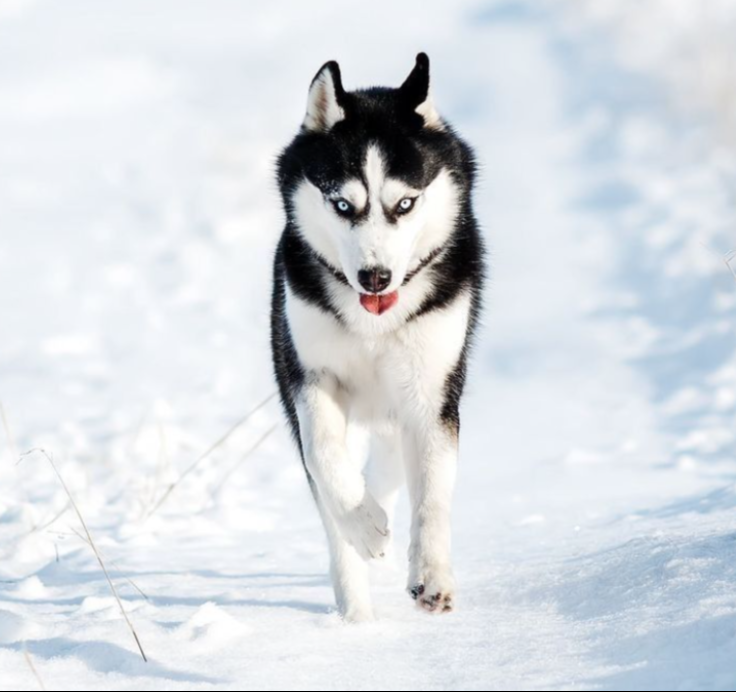
This breed was sledding in cold climates because they maintain strong prey drives and independent personalities. Huskies typically weigh 35-60 pounds but are surprisingly strong and agile.
They were responsible for 3% of fatal attacks and are known for being escape artists. At one point, they’re generally friendly with people, but their strong-willed nature makes it challenging for them to train.
8. Presa Canario
The Presa Canario’s power becomes clear when you learn about their 540 PSI bite force. They are strong enough to cause devastating injuries.
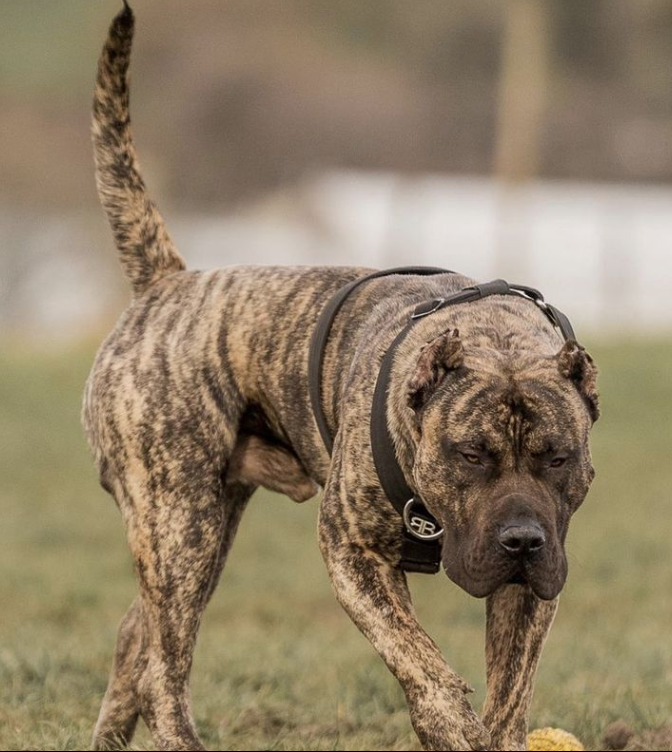
They have been involved in several high-profile fatal attacks. With a bite force of 540 PSI, these dogs were bred for fighting and guarding.
They’re banned in many countries, including Australia, New Zealand, and parts of Europe. These breeds are from the Canary Islands, where they handled large cattle. Later, they became fighting dogs, which shaped their aggressive tendencies.
9. Alaskan Malamute
Alaskan Malamutes, similar to Huskies, are larger and stronger, causing 4 fatal attacks in recent studies. Their bite force of 400 PSI and weight of up to 85 pounds makes them potentially dangerous.
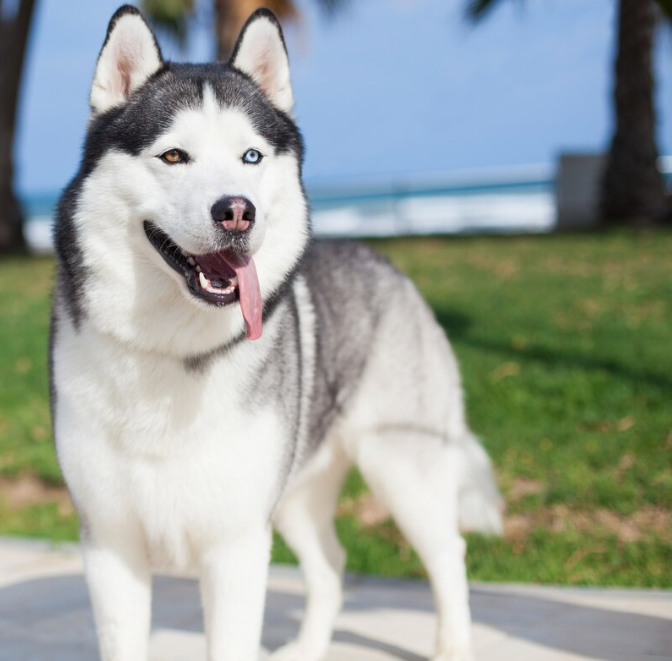
They were bred to haul heavy loads in Arctic conditions. Alaskan Malamute maintains strong work drives and independent personalities. They just need extensive training and exercise to prevent destructive behavior.
Once, they were used for hunting seals. These dogs can be stubborn and challenging to train, requiring experienced owners. However, it is important to consider that their power and independent nature need careful management.
10. Chow Chow
Chow Chow has a fluffy appearance, but they were responsible for 8 fatal attacks. These breeds have a bite force of 220 PSI.
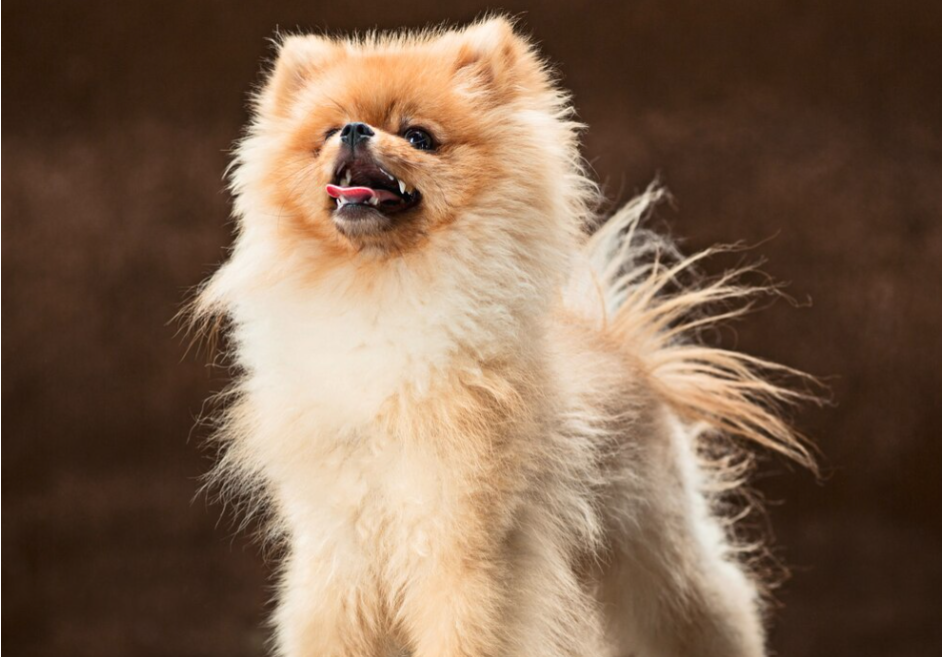
What’s striking is that while they make up just 0.01% of dogs in the US, they’ve attacked 61 people over 32 years, with 37 of those being children. In China, they were used for hunting and guarding.
Their small, deep-set eyes give them poor vision, making them easily startled. But, Chow Chow’s unique temperament makes them more likely to bite without warning than other breeds.
What Are The Factors That Make Dog Dangerous?
Several factors beyond breed can make any dog potentially dangerous. Understanding these factors helps prevent aggressive behavior and keeps everyone safe.
- Past Trauma or Abuse: Dogs who have experienced violence or neglect often develop fear-based aggression as a defense mechanism.
- Lack of Training: Dogs without proper training don’t learn bite inhibition or how to control their aggressive impulses.
- Poor Socialization: Dogs not exposed to different people, animals, and situations early in life often react with fear or aggression.
- Health Issues: Pain, illness, or injury can make normally friendly dogs snap or bite when touched or approached.
- Protective Instincts: Some dogs become aggressive when defending their territory, food, toys, or family members.
- Genetic Factors: Certain breeds have stronger prey drives or protective instincts due to their breeding history.
Tips For Managing Dangerous Behavior In The Most Dangerous Dog Breeds
The best way to prevent aggressive behavior in dogs is through proper training, socialization, and understanding of their needs. Here are tips every dog owner should follow:
1. Start Training Early
Introduce basic commands and boundaries when your dog is young. Focus on positive reinforcement and reward-based training. Teach them essential commands like “sit,” “stay,” and “leave it.” The first few months are crucial for shaping good behavior patterns. Early training helps prevent dominance issues and establishes you as the pack leader.
2. Socialization
Expose your dog to different people, animals, sounds, and environments during their formative weeks. Take them to dog parks, busy streets, and various social situations. Let them meet people of different ages, appearances, and behaviors. Make these experiences positive with treats and praise. This helps prevent fear-based aggression later in life.
3. Set Clear Rules And Boundaries
Set consistent house rules that all family members follow. Don’t allow behavior in puppies that wouldn’t be acceptable in adult dogs. Create boundaries about furniture access, feeding times, and play areas. Being consistent helps dogs understand what’s expected of them and reduces confusion-based aggression.
4. Regular Exercise
Tired dogs are usually well-behaved dogs. Provide daily walks and playtime appropriate for your dog’s breed and energy level. Use puzzle toys and training games to keep their mind active. Mental stimulation is as important as physical exercise in preventing destructive and aggressive behavior.
5. Health Care And Nutrition
Keep up with regular vet check-ups and vaccinations. Feed high-quality food appropriate for your dog’s age and size. Watch for signs of pain or illness, as these can trigger aggressive behavior. Address any health issues promptly, as discomfort can lead to defensive aggression.
6. Supervision
Never leave dogs unsupervised with children, even if they’re family pets. Watch for signs of stress or discomfort during interactions with people or other animals. Learn to read your dog’s body language and respect their signals when they’re uncomfortable. Prevent situations that might trigger aggressive responses.
7. Avoid Punishment-Based Training
Don’t use physical punishment or harsh corrections. These methods can increase fear and aggression. Instead, focus on rewarding good behavior and redirecting unwanted behavior. Build trust through positive experiences and clear communication.
By following these tips, you can help prevent dangerous behavior in dogs and create a safe, happy environment for your pet and family.
Conclusion: Stay Safe From These 10 Most Dangerous Dog Breeds
The main fact is that any dog can become dangerous without proper care and training. If you own one of these breeds, focus on early training, consistent rules, and proper socialization.
Certain dog breeds may have higher bite statistics or more powerful bites, but it’s crucial to remember that no dog is born aggressive. Rather than avoiding these breeds entirely, potential dog owners can honestly assess their ability to handle a powerful breed.
The proper training, environment, and care, if given to these 10 most dangerous breeds, they can also become loving family pets.
FAQs
Any dog can show aggression but breed traits and upbringing together shape behavior. Proper training usually matters more than breed.
You can consider your experience, living situation, and ability to train before choosing any breed. Bulls and Rottweilers have high bite statistics, but they are not automatically dangerous.
Watch for signs like growling, stiff posture, raised fur, and showing teeth. Most dogs give warning signals before aggressive behavior.
Pit Bulls rank as the deadliest dog breed, responsible for 284 fatal attacks and 65% of all fatal dog bites between 2005-2017. Their bite force reaches 235-260 PSI.
Labrador Retrievers are the safest family dogs, followed by Golden Retrievers, Beagles, Pugs, and Poodles. These breeds show very low aggression rates and natural gentleness.
